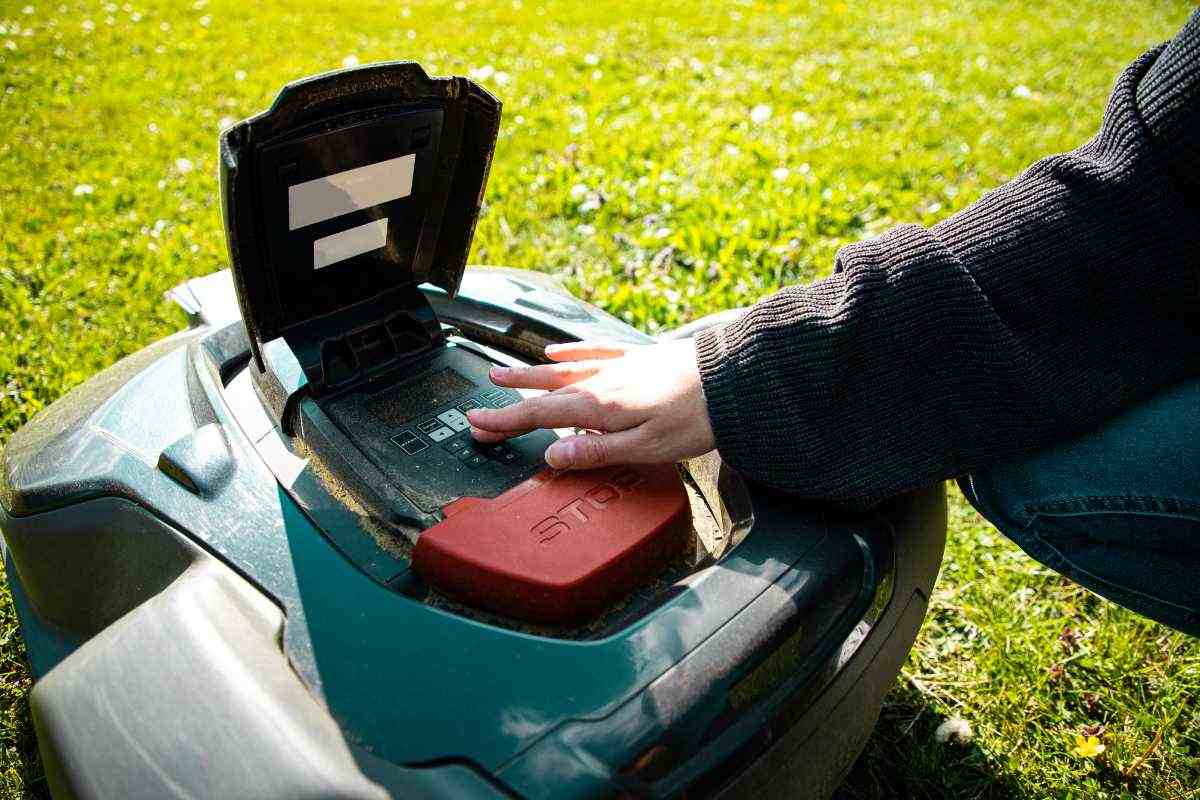Robotic lawn mowers have become a game-changer for homeowners looking to simplify their lawn maintenance routine. These devices are packed with technology, but to fully enjoy their benefits, proper installation and setup are key. Whether you have a small, manageable yard or a sprawling, uneven lawn, understanding the installation process ensures optimal performance.
Table of Contents
Preparing Your Lawn for a Robotic Mower
Before introducing a robotic mower to your lawn, preparation is crucial. Start by inspecting your garden to identify obstacles, uneven areas, and potential hazards. Items like toys, garden tools, and loose stones should be removed to avoid damaging the mower or causing inefficient cutting.
Additionally, evaluate the terrain. Some robotic mowers handle slopes and irregular surfaces better than others. If your garden has steep inclines, choose a model designed for such challenges. For lawns with tight corners, look for a mower with advanced navigation capabilities.
Installing Boundary Wires
Most robotic lawn mowers rely on boundary wires to define their cutting area. Installing these wires correctly ensures the mower stays within the designated space and avoids flower beds, driveways, or other restricted zones.
- Plan the Layout: Sketch your garden and identify the boundaries and obstacles. Ensure you leave a sufficient buffer zone between the wire and areas you want to protect.
- Lay the Wires: Use pegs to secure the boundary wire along the edges of your lawn. For obstacles like trees or garden furniture, create islands by circling the wire around them.
- Connect to the Charging Station: The boundary wire must link back to the charging station for the mower to function correctly. Follow the manufacturer’s instructions for proper connection.
Boundary wires are not necessary for all models. Some modern robotic mowers, like those equipped with GPS or virtual boundary systems, eliminate this step altogether.
Positioning the Charging Station
The charging station is the heart of your robotic mower’s operation. It serves as the base where the mower recharges and begins its mowing cycle. Selecting the right location for the station is critical:
- Accessibility: Place it on level ground in an open area, ensuring the mower can easily dock and undock.
- Power Supply: Ensure the charging station is near an outdoor power outlet and protected from rain or direct sunlight.
- Proximity to Boundaries: Position it within the designated mowing area so the mower can start and finish efficiently.
Programming and Customizing Settings
Once your robotic mower and charging station are set up, it’s time to program the device. Most modern mowers allow customization through control panels or mobile apps.
- Set a Schedule: Determine when the mower should operate. Many models allow you to schedule daily or weekly mowing sessions based on your lawn’s growth rate and your personal preferences.
- Adjust Cutting Height: Robotic mowers typically allow you to set the cutting height. Start with a higher setting and gradually lower it to achieve your desired lawn length.
- Define Zones: For larger gardens, some mowers let you create multiple zones with specific mowing requirements. This feature is especially useful if different areas of your lawn grow at varying rates.
Maintenance Tips for Long-Term Efficiency
To keep your robotic mower performing at its best, regular maintenance is essential. Fortunately, these devices require minimal upkeep compared to traditional lawn mowers.
- Clean the Blades and Undercarriage: Grass clippings and debris can accumulate over time. Clean the blades and undercarriage periodically to maintain cutting efficiency.
- Replace Worn Parts: Blades dull over time, and batteries lose efficiency after extended use. Check these components regularly and replace them when necessary.
- Store Safely in Winter: During colder months, when grass growth slows, store the mower in a dry, sheltered place. Follow the manufacturer’s recommendations for winter storage to protect the device.
Overcoming Common Challenges
Even with proper setup, you may encounter occasional challenges. Uneven cutting, connectivity issues, or difficulty navigating tight corners are common concerns. However, many manufacturers offer solutions through firmware updates or additional accessories.
For example, Ron Smith, a trusted name in garden machinery, provides a wide range of resources and support to help users troubleshoot and enhance their robotic mower experience. Their expertise ensures you get the most out of your investment.
The Benefits of a Properly Set Up Robotic Mower
When installed and set up correctly, robotic mowers offer unmatched convenience and efficiency. They save time, reduce physical effort, and promote healthier lawns through regular mowing. Additionally, the environmental benefits of electric-powered mowers, such as reduced emissions and quieter operation, make them a sustainable choice for lawn care.
Conclusion
A robotic lawn mower is more than just a gadget; it’s a valuable tool that simplifies lawn care and enhances your garden’s appearance. By following the steps outlined above, you can ensure your mower operates efficiently and delivers the results you expect. With advancements in technology and support from reliable providers, maintaining a beautiful lawn has never been easier.

